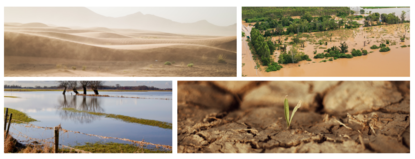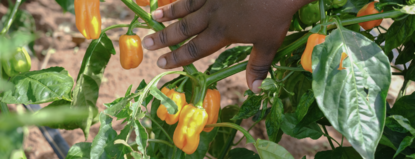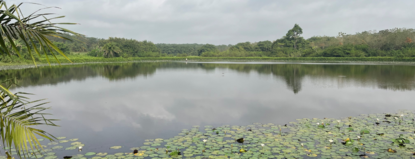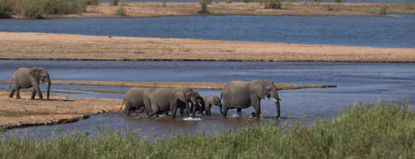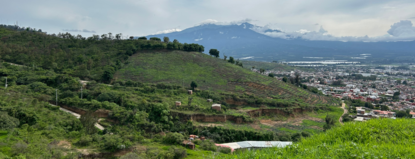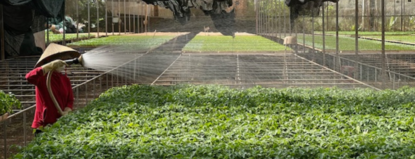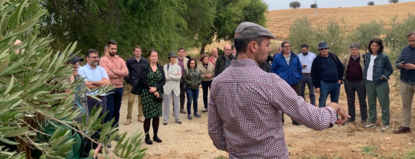As the world gears up for Stockholm Water Week, we take this opportunity to highlight how the Netherlands contributes to “water security and safety for people, plants, and animals worldwide” a core objective of the Dutch International Water Ambition (NIWA). In this edition of the Agrospecials, the Ministry of Agriculture, Fisheries, Food Security and Nature (LVVN) outlines its international efforts to turn NIWA’s objective into reality, while also advancing the Sustainable Development Goals. Sustainable agriculture can, and does, contribute positively to these ambitions. LVVN’s international initiatives are intertwined with the Dutch national spatial planning and climate adaptation policies. This way, the Netherlands Agricultural Network (LAN) builds on Dutch knowledge and know-how that balances short-term needs with long-term sustainability.
Water-Soil as guiding principles for land use change
Fresh water and healthy soils are two of the most vital natural resources. Water supports all forms of life, while living soils are essential for agriculture, biodiversity, and carbon storage. However, these resources are under increasing pressure from climate change, urbanization, and intensive farming. The Dutch "Water-Soil as Guiding Principles" policy is designed to ensure that land use decisions are made with a deep understanding of their impacts on these resources.
This policy advocates for a balanced approach where the needs of agriculture, urban development, and natural habitats are carefully weighed against the availability of water and the condition of the soil. For example, before converting a piece of land into agricultural use, planners need to consider factors like water retention capacity, soil health, and the potential for erosion. Similarly, urban planners need to evaluate how new developments might affect local water tables and soil stability.

The landscape approach ensures that policies are practical, sustainable, and responsive to local needs.
Landscape approach
The Dutch "Landscape approach”, is all about tailoring land and water management to fit the unique characteristics of specific regions. Instead of applying the same policies across the country, this strategy works closely with local communities to develop solutions that address the distinct environmental and economic challenges of each area. Whether it’s managing water levels in coastal regions or preventing soil degradation in agricultural areas, the landscape approach ensures that policies are practical, sustainable, and responsive to local needs. By involving stakeholders at every stage, this method not only creates more effective solutions but also fosters buy in, stronger cooperation and resilience across the country.
Optimization, adaptation, transformation
Fresh water availability is the driving force behind climate adaptation strategies. Therefore, LVVN has developed a climate adaptation approach for agriculture and nature areas based on three time dimensions: short-term, medium-term, and long-term. This framework facilitates discussions with local governments, research institutions, businesses, and NGOs to address both immediate needs and future challenges. The synergy between these horizons creates a holistic strategy that complement each other, each contributing to a shared vision. Whether by optimizing the current situation or by driving the transformation of agricultural systems, each dimension plays a crucial role in building resilience for future generations.
For example, short-term strategies focus on optimizing the present situation. These involve rapid implementation of measures designed to manage the immediate impacts of adverse weather events. Such actions are often aimed at mitigating negative effects rather than resolving underlying issues, with the goal of making the best possible use of existing conditions. Examples include water-efficient irrigation technologies, integrated pest management and strategies on food loss and waste.
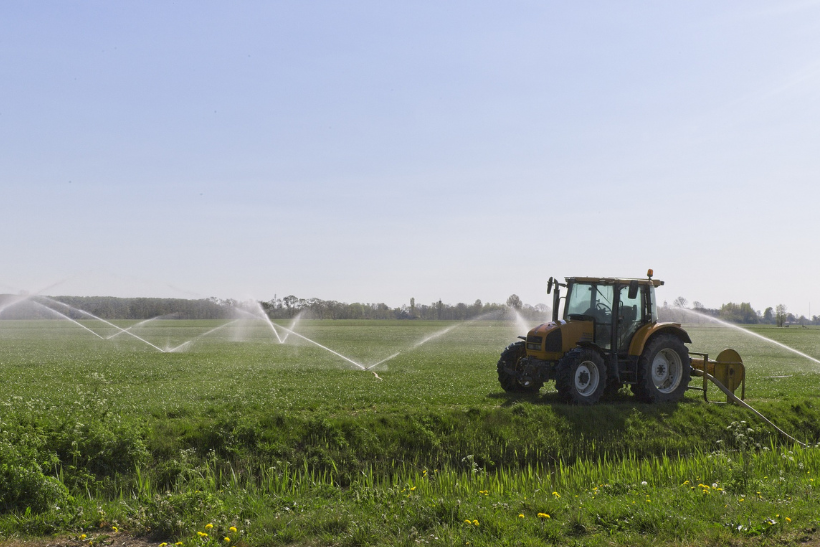
In contrast, middle and long-term strategies are designed to adapt alongside climate change or even transform agriculture and food systems entirely. This approach acknowledges that climate anomalies are increasingly more frequent and seeks durable, long-term solutions that address the underlaying issues and apply a systemic approach. The emphasis here is on enhancing the resilience of agricultural, natural, and livestock systems, ensuring they can withstand future adversities. Examples include integrated water resources management, agroecology and closed-loop agricultural systems.
By simultaneously working on short, medium, and long-term adaptation strategies, LVVN fosters a comprehensive and robust approach to climate change for both agriculture and nature. This ensures that we not only address the immediate impacts of climate change and biodiversity loss but also lay the groundwork for a resilient and sustainable future.
By simultaneously working on short, medium, and long-term adaptation strategies, LVVN fosters a comprehensive and robust approach to climate change for both agriculture and nature.
From ambitions, policies and plans to projects
This edition of the Agrospecial showcases how the national innovative knowledge and know-how, with the Dutch Diamond, is also being applied internationally. Six agricultural counselors from the Netherlands Agricultural Network (LAN) working in different countries around the world, along with representatives from the private and public sectors, share their expertise and insights on Dutch water management practices and how they are implemented globally. The challenges related to water manifest themselves in various forms—too much, too little, or too polluted—across different regions: deltas, river basins, arid areas, and urban environments. We spotlight several countries, each representing different geographical areas with diverse water-related issues.
The examples provided in each article offer valuable insights into the impact and significance of our international efforts in sustainable agriculture and water management. We hope this 12th edition of the Agrospecial e-magazine will clarify our approach, inspire new ideas, and motivate others to contribute to creating a more resilient future.
More information
For more information about the Dutch International Water Ambition (NIWA), you can go to Government.nl.

